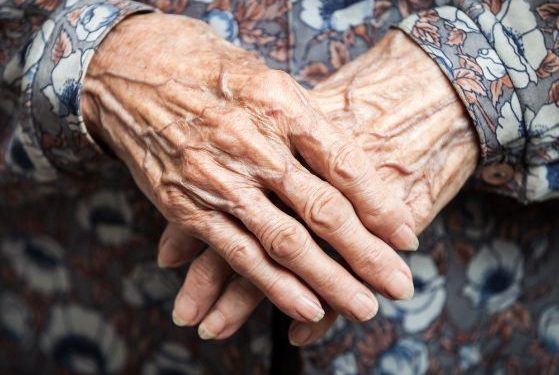Skin aging is one of the most common medical conditions among older people, and it can have a significant impact on your appearance. Aging causes the skin to lose strength, elasticity and blood vessels. This can lead to wrinkles, fine lines and age spots.
It is important to understand the causes of skin aging, as they can affect your health and wellbeing in the long run. Understanding your skin’s aging process and how to treat the signs of aging will help you to achieve healthy, youthful skin.
The most important cause of skin aging is exposure to the sun and its harmful UV rays. Over time, the sun’s rays can damage your DNA, leading to premature wrinkles and age spots.
This is known as photoaging, and it can be intensified by environmental factors like pollution (the airborne particles that clog pores). The chemicals and nicotine in cigarettes also accelerate the production of free radicals.
These radicals damage the skin’s structure, and it takes longer for your body to replace cells. This results in dull, dry and sallow-looking skin.
Other skin changes include an increase in splotches and pigmentation problems, broken capillaries, and the appearance of fine lines and wrinkles. This is often called “aged” skin, and it can be more visible in the sun-exposed areas of your face, neck and hands.
It can also occur on the inside of your arms, legs and feet. This is caused by a loss of fat in these areas, and the veins in those areas become more prominent.

Bruising is another problem that can affect older people, as the blood vessels in their skin become weaker and less elastic. They can break easily, causing bleeding, swelling or a condition called senile purpura.
Wound healing is also slower in older skin, which increases the risk of a pressure ulcer or infection. Diabetes, changes in the body’s immune system and other factors can contribute to wound healing problems.
Inflammation is another problem that can be caused by skin aging, as the immune system becomes weaker and less effective. This can result in skin irritations, rashes, itching and redness.
Older skin can be prone to infections, particularly those related to fungus, bacteria and parasites. This is because the lining of the skin is thinner, making it easier for infection to penetrate deep into the tissue.
If you’re concerned about the look of your skin, make an appointment to see your doctor and discuss treatment options. Your dermatologist can assess your condition and recommend a personalized skin care plan that will help slow the signs of aging.
Your dermatologist may suggest a cream, lotion or peel to help reduce the appearance of fine lines and uneven skin tone. Depending on your symptoms and skin type, treatments can range from retinoids or vitamin C to dermabrasion, microneedling, ultrasound energy devices, laser resurfacing or botulinum toxin.
Some signs of skin aging can be reversed, but this requires a good lifestyle and proper care. Getting adequate rest, staying hydrated and eating a healthy diet are all important in supporting your skin’s health.









